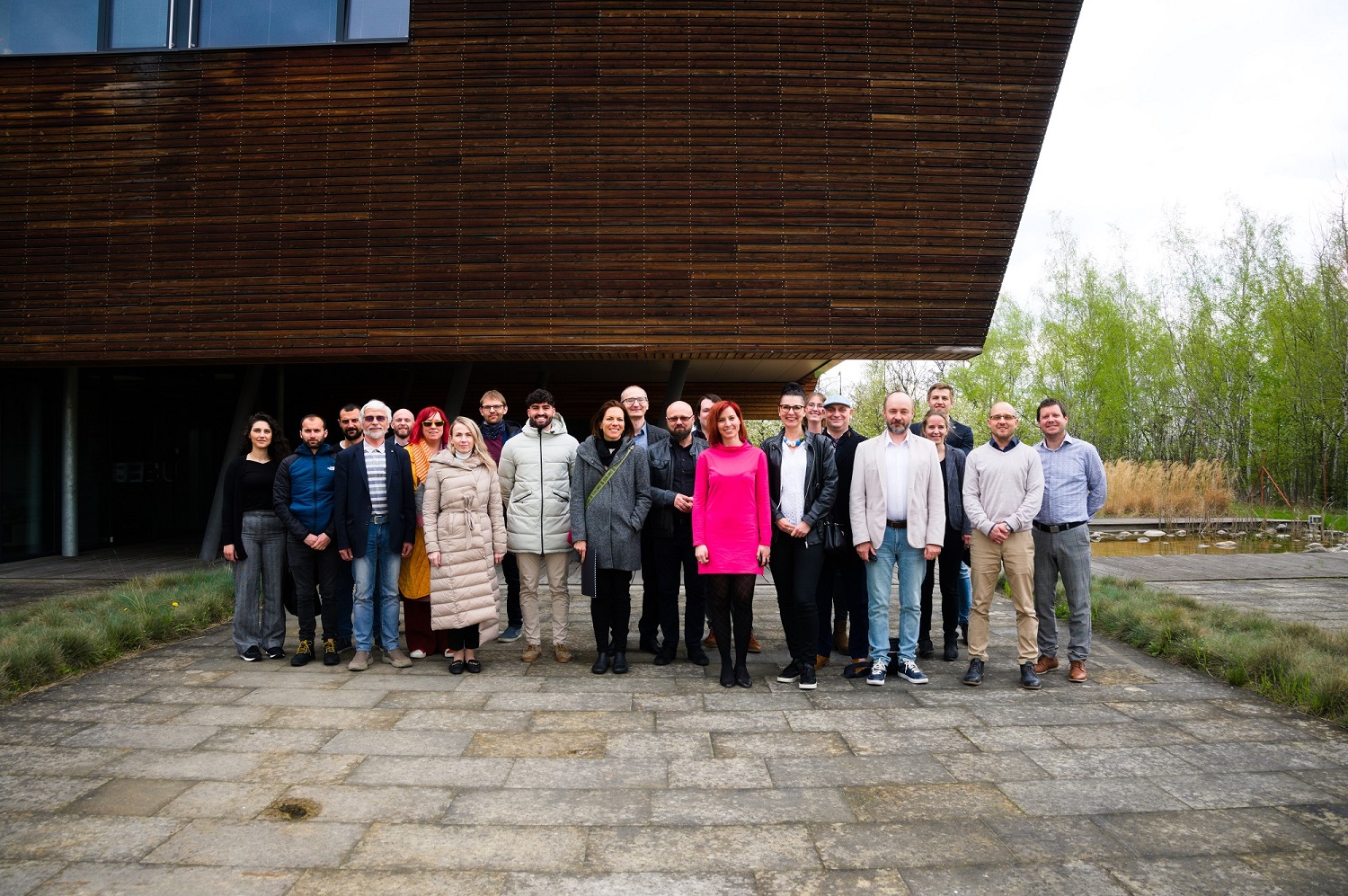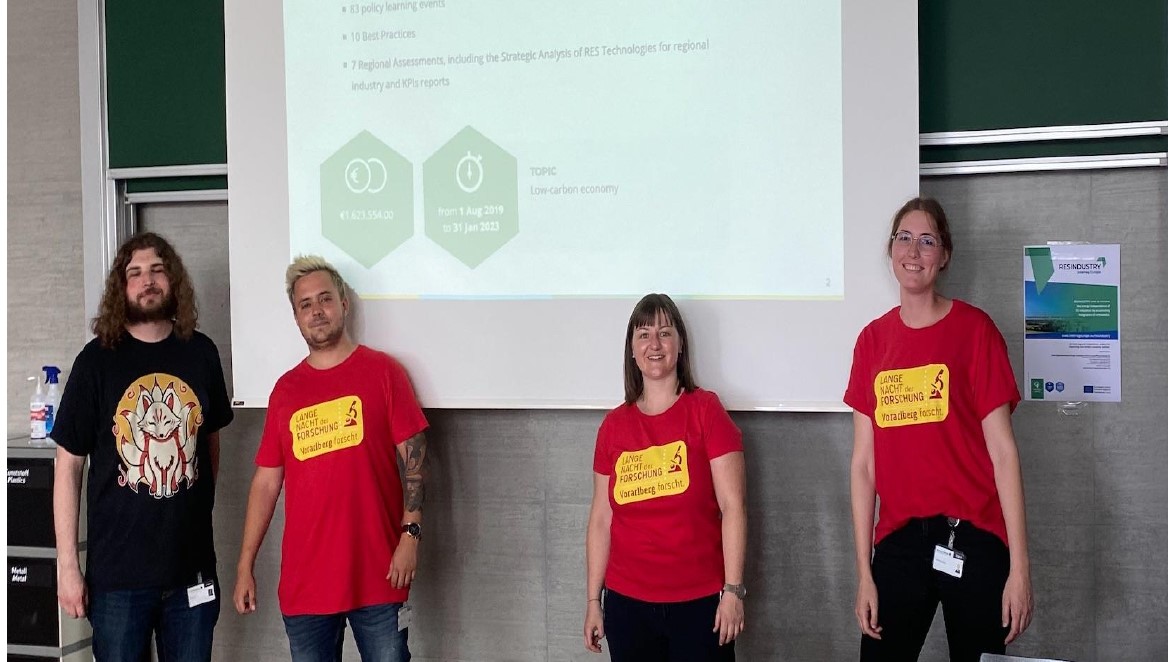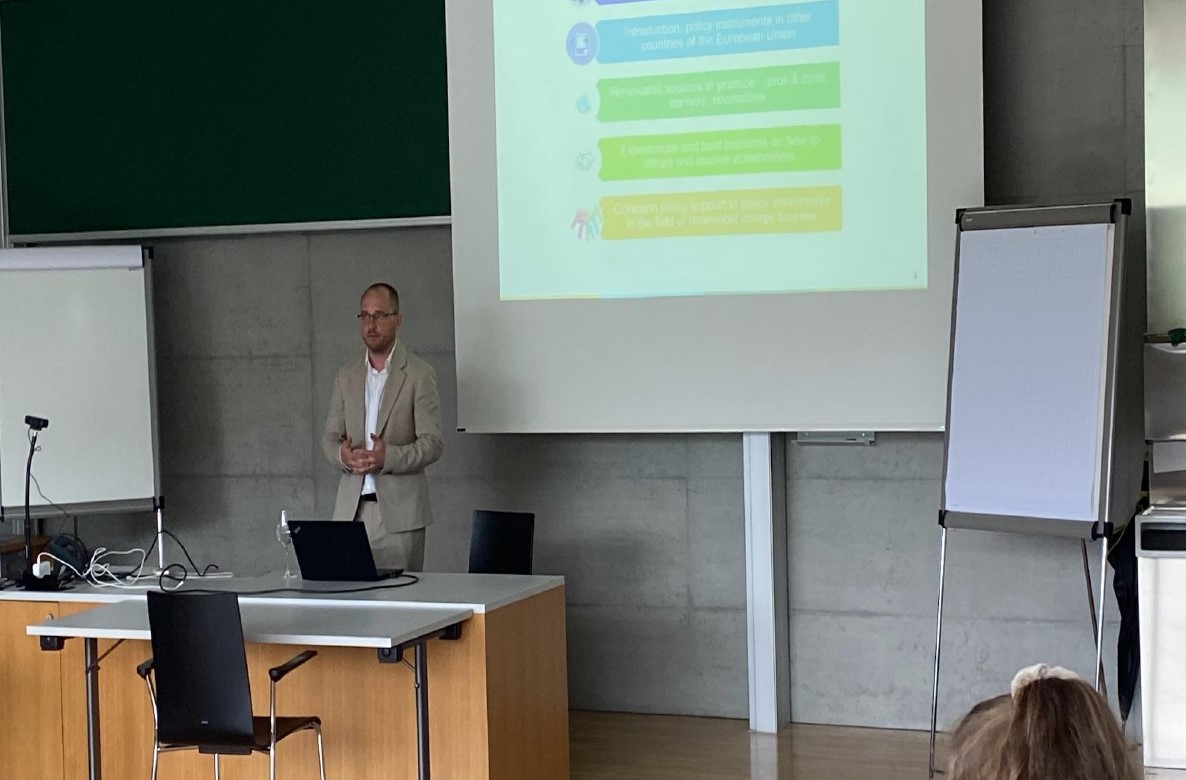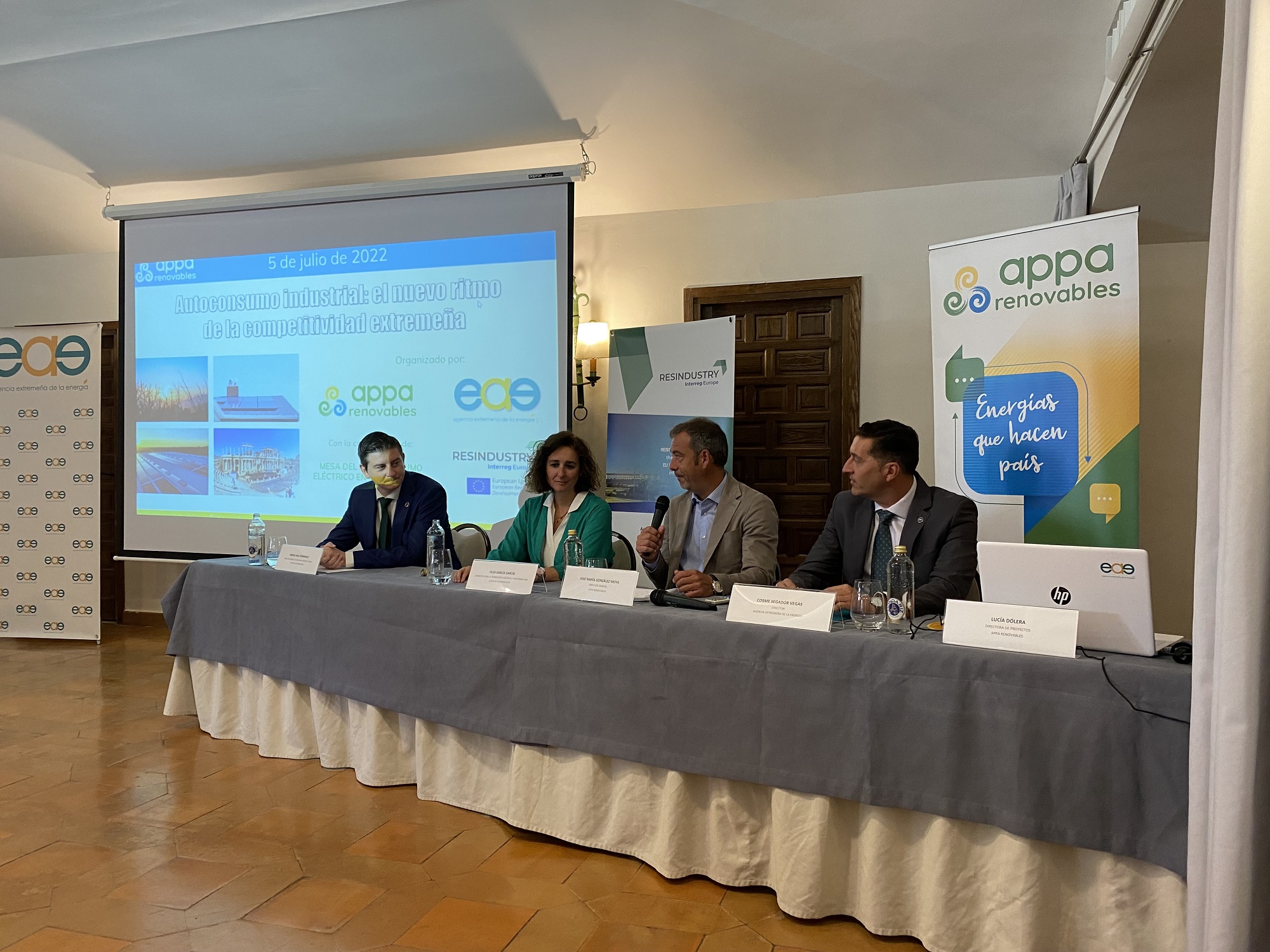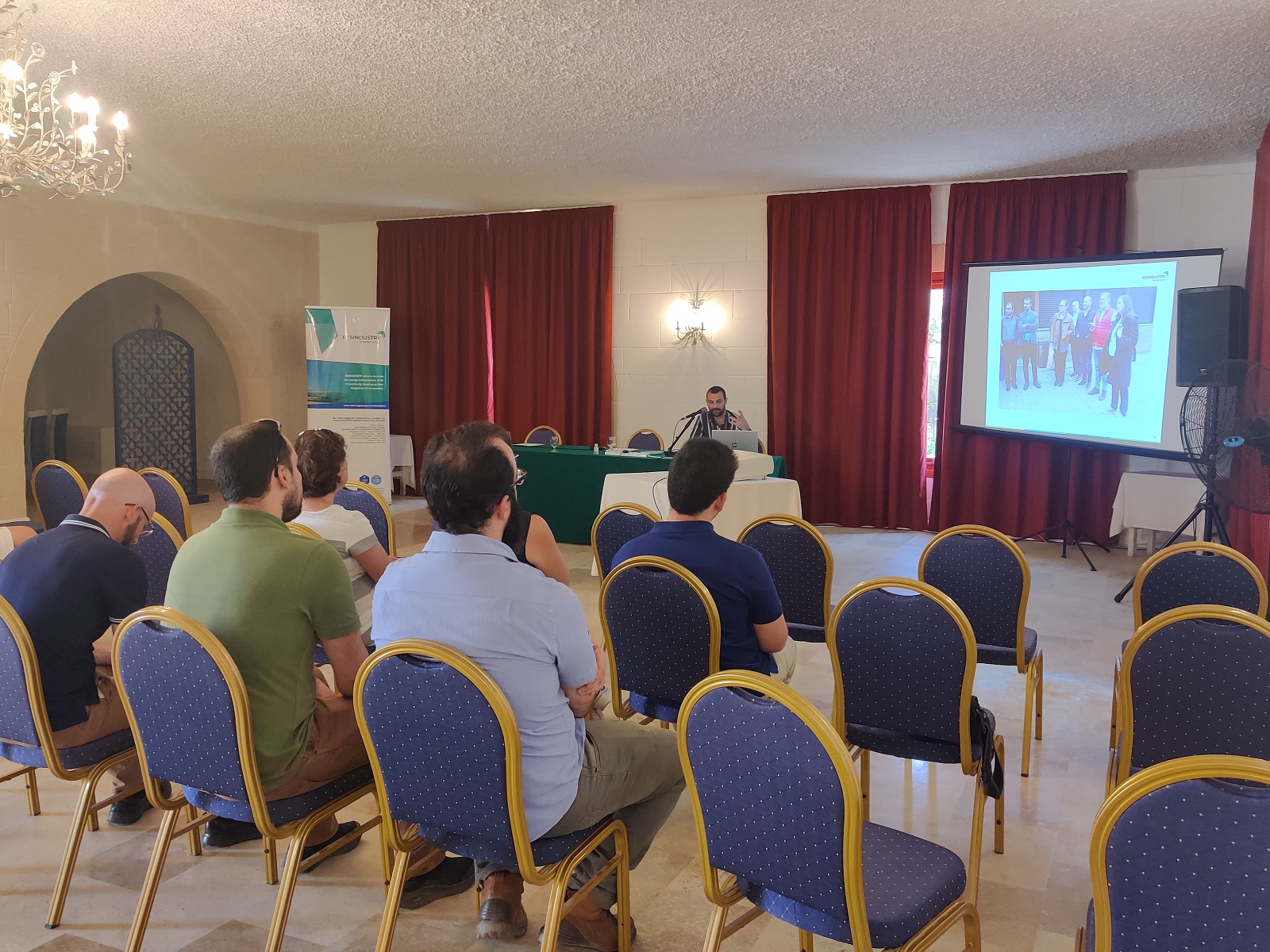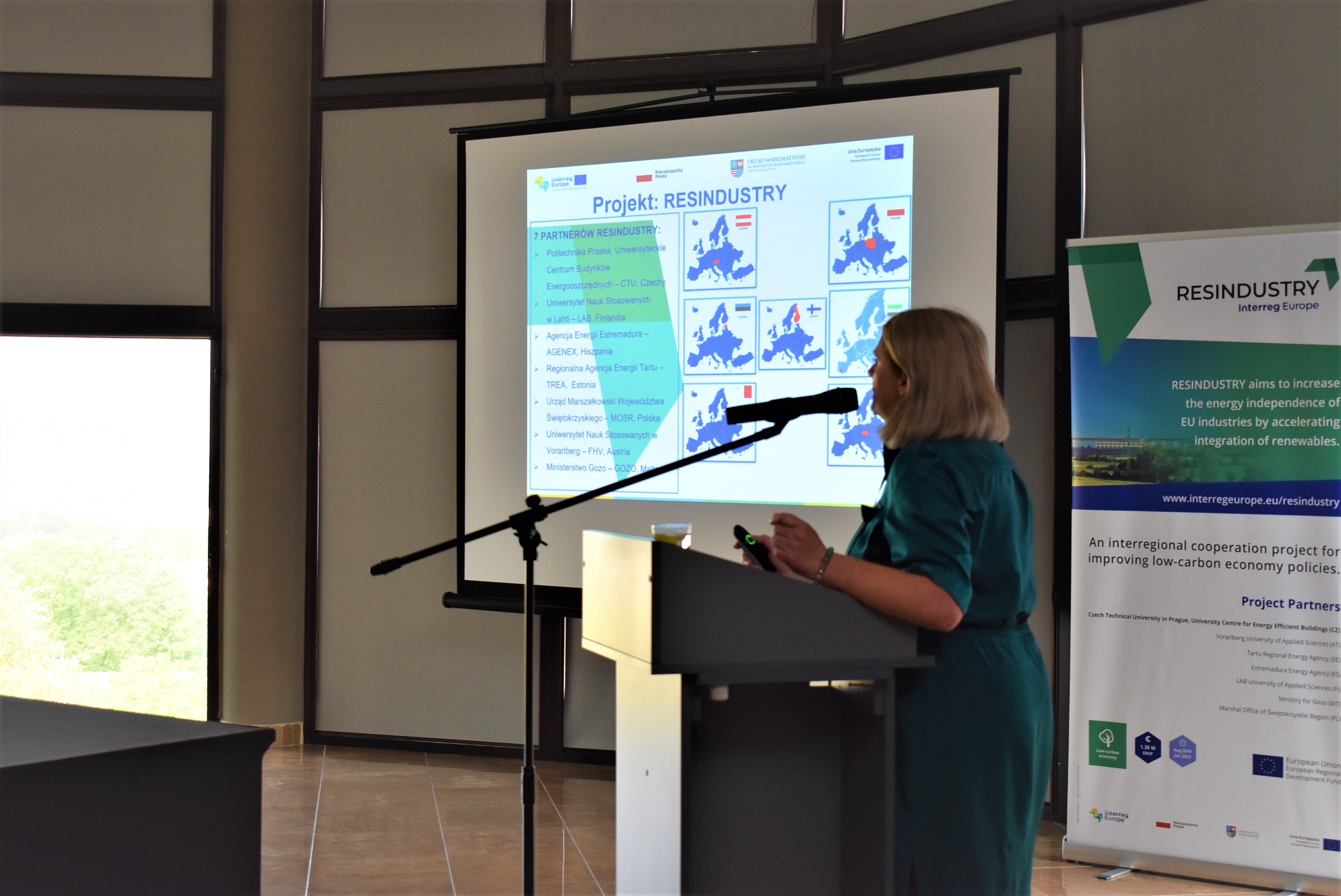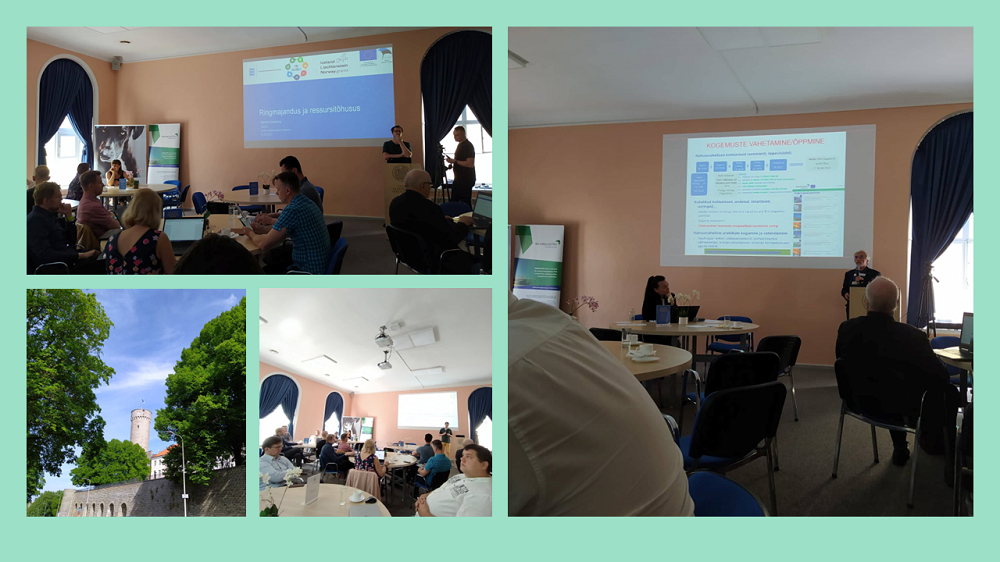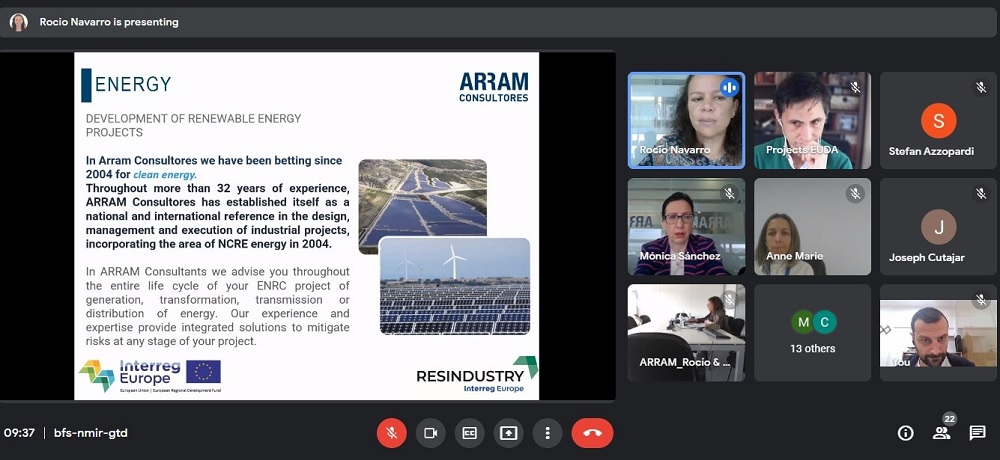The simplicity of solar technology makes it ideal for exploiting it in islands with a very sunny climate like Malta. In fact, this country has one of the best solar potentials within the 27 EU member states. As can be shown in Figure 1, Malta enjoys an incoming radiation energy value close to 1800 kWh/m2. Thus, utilization of this renewable energy source has the advantage that it is both readily available and of sufficient quality to make investment feasible. It is therefore understandable that PV systems represent a substantial portion (47% of the 10% share of renewable energy target in gross-final consumption of energy) of the nation’s 2020 renewable energy targets are envisaged to come about through PV panels.

Figure 1: European Solar Radiation map
One disadvantage when considering Malta’s limited land size is that it is not easy to allocate suitably large areas for the creation of solar farms, so rooftop photovoltaic installations have so far formed the bulk of installed capacity on the island. This creates a unique situation as Maltese focus cannot be solely on optimizing the hardware generation capability, but also needs to include the optimization of the roof space resource itself, to generate as much energy as possible. As a result, it is imperative to understand the factors involved in the generation of energy from PV panels to exploit the energy potential offer.
What is solar photovoltaic energy?
Solar energy is produced by the sun’s light (photovoltaic energy) and its warmth (solar thermal energy) for the generation of electricity or the production of heat.
PV solar energy directly converts sunlight into electricity using a phenomenon known as the photovoltaic effect. When light from the sun is incident on a photoelectric cell (many of which make up a solar panel), it produces an electric voltage differential between both faces that makes the electrons flow between one to the other, generating electric current.
What are the benefits of photovoltaic energy?
Electricity generated by PV solar panels is abundant in Malta and inexhaustible and does not pollute, thus contributes to sustainable development. The electricity produced by PV panels can be exploited in two ways: by selling the electricity to the grid or consuming it directly in isolated locations where there is no conventional electricity network.
What are the factors effecting energy generated from PV panels?
The energy generated from the PV panels is dependent on several factors for the Maltese Islands.
- Solar and PV Inclination Angle
The solar path across different days is different; in the summer days the sun is higher in the sky while in the winter it is lower in the sky. Owing to this, the inclination angle of the PV panels should be changed throughout the months for maximum energy generation each month. For Malta with a latitude of 36º the panel inclination should be 10º in the summer and 51º in the winter. In Malta, PV panels are usually inclined at a fixed angle throughout the whole year, this being 30° to achieve the maximum annual energy yield [2].
- Orientation Angle
The sun rises from the East and sets in the West and is directly oriented south at solar noon. To generate the maximum energy yield throughout the day, PV systems should be made to track the movement of the sun. However, this is not practical since one would need a very large area to achieve this. PV arrays are usually installed facing due South to generate the maximum amount of energy throughout the whole year.
- Effect of dust deposition on PV modules
Studies [4] showed that dust deposition is closely related to the inclination angle of the PV module, exposure period, site climatic conditions, wind movement and dust properties. Furthermore, the degradation of the PV module efficiency exhibited a linear trend with dust deposition rate, with panel efficiency degradation growing from 0% to 26% as the dust deposition density onto a PV surface increased from 22g/m2.
- Effect of Shading on PV panels
The distance between PV arrays and/or between PV modules and tall structures needs to be wide enough to avoid shading between different rows of the PV panels, as any form of shading could detrimentally decrease the energy generated from PV panels.
Continue reading here.
References


